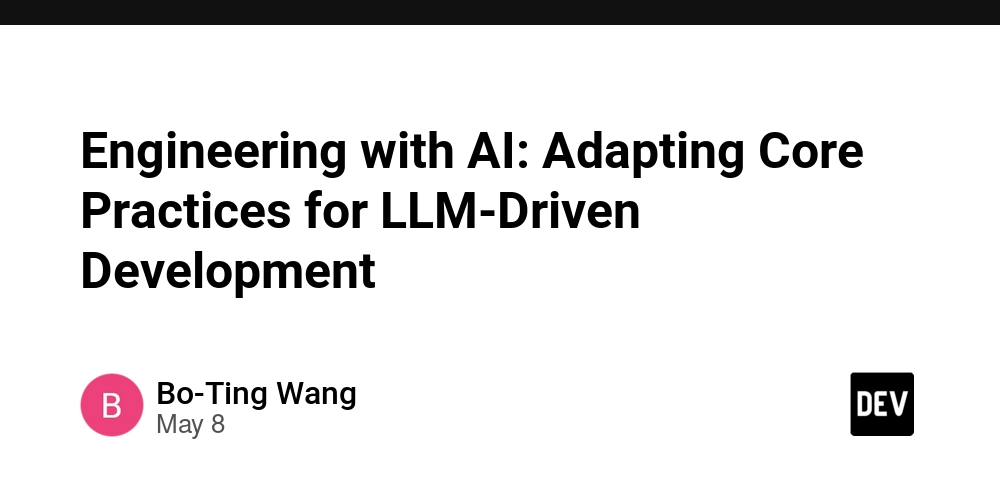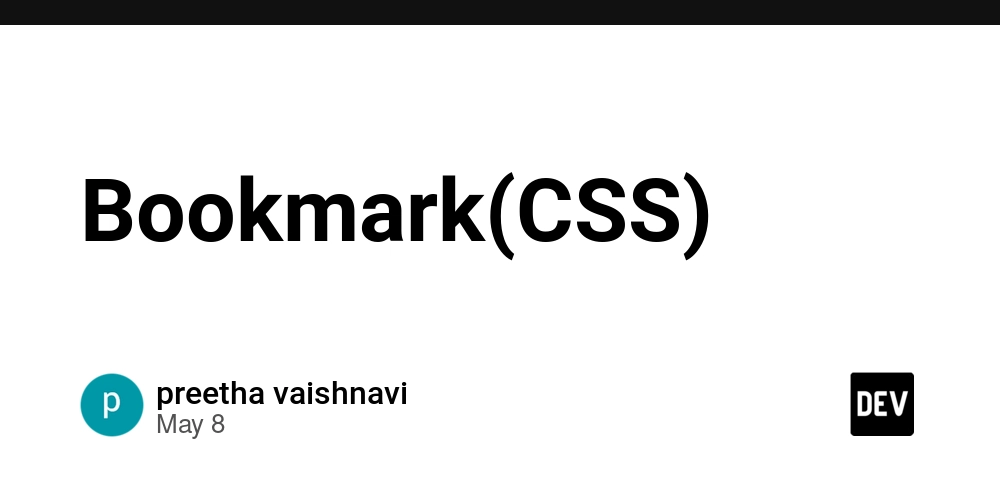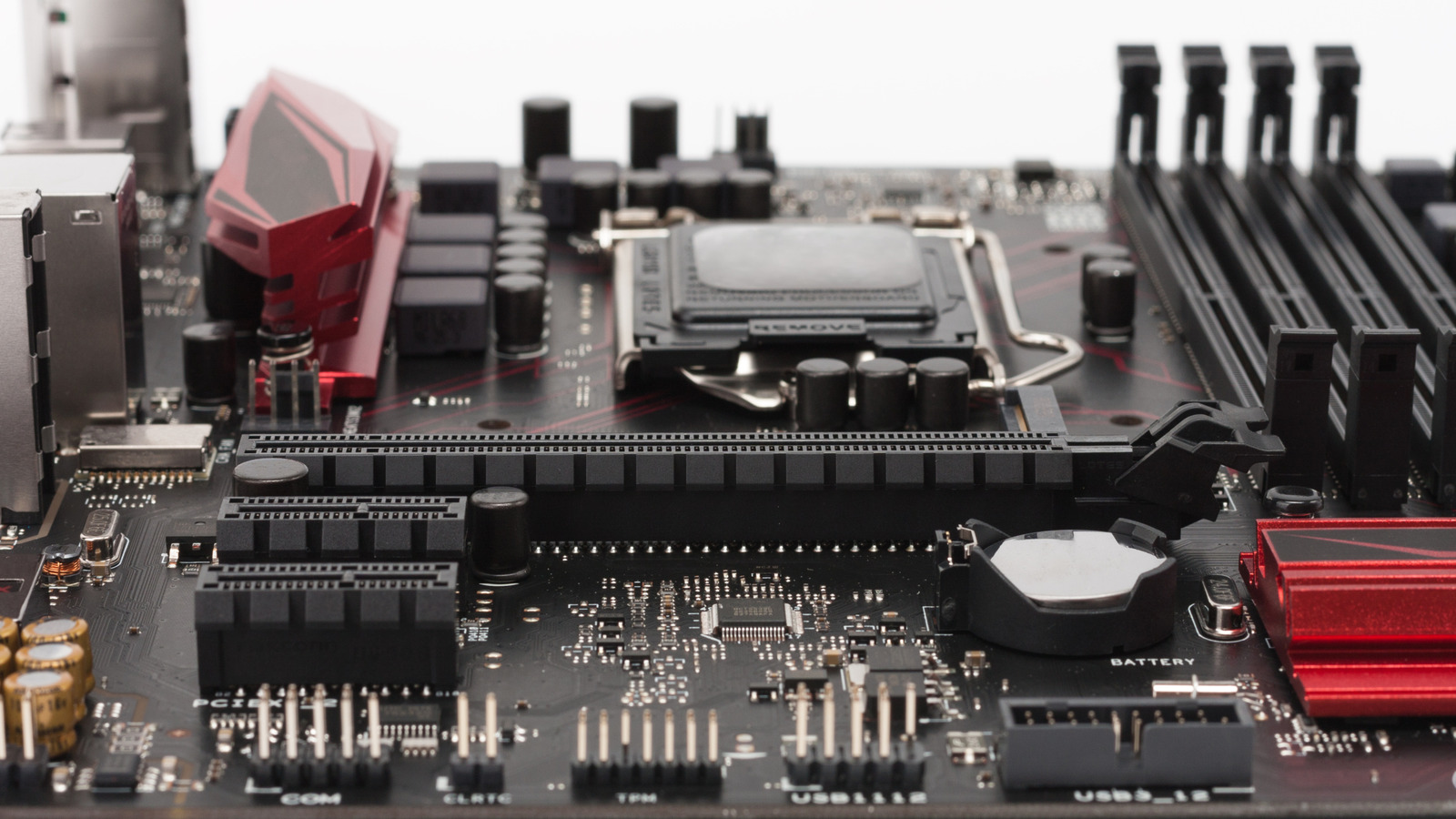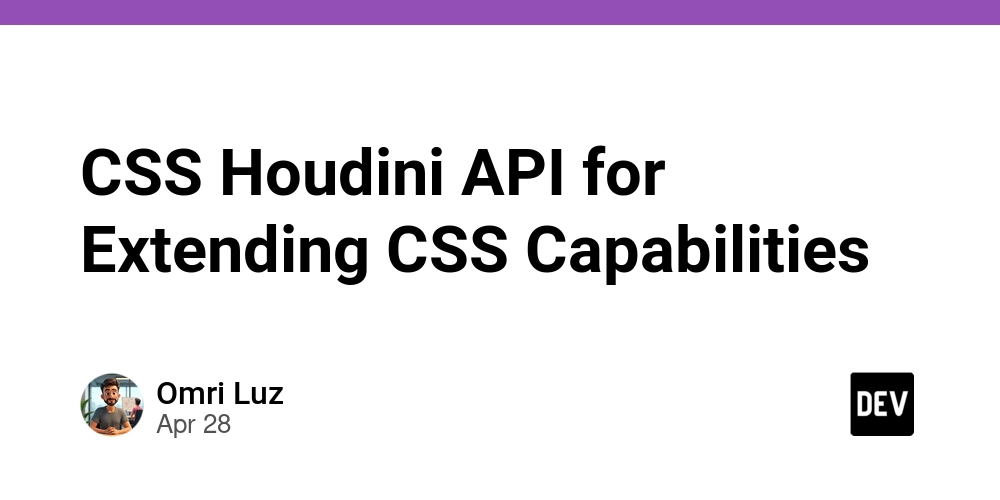Engineering with AI: Adapting Core Practices for LLM-Driven Development
Beyond Autocomplete: Charting a Course for Principled AI-Assisted Software Engineering The advent of Large Language Models (LLMs) is undeniably reshaping the landscape of software development. Tools like GitHub Copilot, Cursor, and others are demonstrating a remarkable ability to generate code, accelerate prototyping, and assist with a myriad of development tasks. The productivity gains are tangible, and the excitement is palpable. However, as we move beyond simple scripts and MVPs towards building and maintaining large-scope, robust, and mission-critical software systems, a crucial question emerges: How do we integrate the raw power of LLMs with the decades of accumulated wisdom encapsulated in software engineering best practices? Rapid iteration and learning are vital, especially in early product stages, but so are maintainability, scalability, security, and a clear understanding of the system's architecture and design rationale. Simply generating code faster doesn't inherently lead to better software in the long run if core engineering principles are neglected. This is where a deeper, more systematic approach to LLM integration becomes essential. We need to consider the fundamental components of software development and the best practices that ensure quality and sustainability, and then adapt them for an LLM-centric world. I've been exploring this challenge, and have compiled a detailed framework outlining the core components of large-scope software development from first principles, and how these components and established engineering best practices might evolve with deep LLM integration. This framework also considers the paradigm shifts LLMs are likely to introduce, especially when emphasizing rapid learning and market validation. You can explore this comprehensive document here: LLM Integration in Software Engineering: A Comprehensive Framework of Paradigm Shifts, Core Components & Best Practices This framework (referred to as "the framework" moving forward, encompassing Part 3: Paradigm Shifts, Part 4: Core Components with LLM Integration, and Part 5: Best Practices with LLM Integration) suggests that while the first principles of software engineering remain constant, the execution and emphasis within each phase will change significantly. For instance, "Implementation & Construction" becomes less about manual coding and more about specification, prompt engineering, and rigorous review of LLM-generated artifacts. Similarly, best practices like "Rigorous Specification" evolve to include "Prompt Engineering as a Specification Art." From Theory to Practice: An Early Step with Rulebook-AI Contemplating this future is one thing; building tools to help navigate it is another. One such early-stage project attempting to bridge this gap is Rulebook-AI (https://github.com/botingw/rulebook-ai). The core idea behind Rulebook-AI is not to build another AI coding assistant from scratch, nor is it to create a new IDE. Instead, it aims to be an orchestration and customization layer that sits on top of existing AI coding assistants (like Cursor, CLINE, RooCode, and Windsurf). Its primary goal, as outlined in its PRD, is to "provide a comprehensive and optimal Custom User Prompt (Rules) framework" and leverage a structured "Memory Bank" (project documentation) to improve the quality, consistency, and contextual understanding of these AI assistants. Rulebook-AI's Current Progress in the Context of the Framework: Objectively, Rulebook-AI is in its nascent stages but already targets several key areas identified in the framework: Core Components (Part 4) Contributions: Problem & Value Definition: The "Memory Bank" concept, with files like product_requirement_docs.md, architecture.md, and technical.md, directly supports providing LLMs with the necessary "Why" and initial "How." (Addresses aspects of Part 4.1, Part 4.2) Implementation & Construction: The core "rules" (plan.mdc, implement.mdc, debug.mdc) are designed to guide the LLM during the "Build" phase, enforcing specific workflows and coding considerations. (Addresses aspects of Part 4.3) Cross-Cutting Concerns (Documentation, Configuration Management): The project itself, by structuring rules and context, inherently promotes better documentation and configuration management for AI interactions. Prompts and rules become versioned artifacts. (Addresses aspects of Part 4.7) Best Practices (Part 5) Contributions: Rigorous Specification (Prompt Engineering as a Specification Art): The entire premise of Rulebook-AI is to provide a structured way for users to craft and manage detailed "rules" (which are essentially sophisticated, context-aware prompts). (Addresses Part 5.1) Deliberate Architectural Design (Humans Defining Strategic Guardrails): The "Memory Bank" (especially architecture.md and technical.md) serves as the human-defined guardrails that the AI is intended to follow via the orchestrated prompts. (Addresses Part 5.2)

Beyond Autocomplete: Charting a Course for Principled AI-Assisted Software Engineering
The advent of Large Language Models (LLMs) is undeniably reshaping the landscape of software development. Tools like GitHub Copilot, Cursor, and others are demonstrating a remarkable ability to generate code, accelerate prototyping, and assist with a myriad of development tasks. The productivity gains are tangible, and the excitement is palpable.
However, as we move beyond simple scripts and MVPs towards building and maintaining large-scope, robust, and mission-critical software systems, a crucial question emerges: How do we integrate the raw power of LLMs with the decades of accumulated wisdom encapsulated in software engineering best practices?
Rapid iteration and learning are vital, especially in early product stages, but so are maintainability, scalability, security, and a clear understanding of the system's architecture and design rationale. Simply generating code faster doesn't inherently lead to better software in the long run if core engineering principles are neglected.
This is where a deeper, more systematic approach to LLM integration becomes essential. We need to consider the fundamental components of software development and the best practices that ensure quality and sustainability, and then adapt them for an LLM-centric world.
I've been exploring this challenge, and have compiled a detailed framework outlining the core components of large-scope software development from first principles, and how these components and established engineering best practices might evolve with deep LLM integration. This framework also considers the paradigm shifts LLMs are likely to introduce, especially when emphasizing rapid learning and market validation. You can explore this comprehensive document here:
This framework (referred to as "the framework" moving forward, encompassing Part 3: Paradigm Shifts, Part 4: Core Components with LLM Integration, and Part 5: Best Practices with LLM Integration) suggests that while the first principles of software engineering remain constant, the execution and emphasis within each phase will change significantly. For instance, "Implementation & Construction" becomes less about manual coding and more about specification, prompt engineering, and rigorous review of LLM-generated artifacts. Similarly, best practices like "Rigorous Specification" evolve to include "Prompt Engineering as a Specification Art."
From Theory to Practice: An Early Step with Rulebook-AI
Contemplating this future is one thing; building tools to help navigate it is another. One such early-stage project attempting to bridge this gap is Rulebook-AI (https://github.com/botingw/rulebook-ai).
The core idea behind Rulebook-AI is not to build another AI coding assistant from scratch, nor is it to create a new IDE. Instead, it aims to be an orchestration and customization layer that sits on top of existing AI coding assistants (like Cursor, CLINE, RooCode, and Windsurf). Its primary goal, as outlined in its PRD, is to "provide a comprehensive and optimal Custom User Prompt (Rules) framework" and leverage a structured "Memory Bank" (project documentation) to improve the quality, consistency, and contextual understanding of these AI assistants.
Rulebook-AI's Current Progress in the Context of the Framework:
Objectively, Rulebook-AI is in its nascent stages but already targets several key areas identified in the framework:
-
Core Components (Part 4) Contributions:
- Problem & Value Definition: The "Memory Bank" concept, with files like
product_requirement_docs.md,architecture.md, andtechnical.md, directly supports providing LLMs with the necessary "Why" and initial "How." (Addresses aspects of Part 4.1, Part 4.2) - Implementation & Construction: The core "rules" (
plan.mdc,implement.mdc,debug.mdc) are designed to guide the LLM during the "Build" phase, enforcing specific workflows and coding considerations. (Addresses aspects of Part 4.3) - Cross-Cutting Concerns (Documentation, Configuration Management): The project itself, by structuring rules and context, inherently promotes better documentation and configuration management for AI interactions. Prompts and rules become versioned artifacts. (Addresses aspects of Part 4.7)
- Problem & Value Definition: The "Memory Bank" concept, with files like
-
Best Practices (Part 5) Contributions:
- Rigorous Specification (Prompt Engineering as a Specification Art): The entire premise of Rulebook-AI is to provide a structured way for users to craft and manage detailed "rules" (which are essentially sophisticated, context-aware prompts). (Addresses Part 5.1)
- Deliberate Architectural Design (Humans Defining Strategic Guardrails): The "Memory Bank" (especially
architecture.mdandtechnical.md) serves as the human-defined guardrails that the AI is intended to follow via the orchestrated prompts. (Addresses Part 5.2) - Comprehensive Code Review & QA (Heightened Scrutiny of AI Intent): While Rulebook-AI doesn't perform automated code review itself yet, its rules aim to make the LLM's output more aligned with predefined standards, thus aiding the human review process by setting clearer expectations for AI-generated code. (Indirectly supports Part 5.4 by improving input quality)
- Thorough Documentation & Knowledge Management (Humans Curating AI-Generated Knowledge & Prompt Libraries): The
project_rules_template/directory and the "Memory Bank" system are designed to be a curated, project-specific knowledge base guiding the AI. (Addresses Part 5.8)
Currently, Rulebook-AI's strength lies in establishing a foundational layer for human-guided specification and context provision. It primarily focuses on improving the input to AI coding assistants to get better, more consistent output. It does not yet, for example, deeply integrate with automated testing (Part 5.3) or CI/CD pipelines for automated validation (Part 5.5), nor does it have its own sophisticated LLM-powered validation engine for the generated code.
Future Potential: Expanding Influence and Deepening Integration
While Rulebook-AI currently establishes a strong foundation for guiding AI assistants, its design naturally lends itself to significant expansion, deepening its integration into the development lifecycle and broadening its impact.
Natural Next Steps & Potential Feature Expansions:
-
Enhanced Orchestration and Contextualization:
- Current State: Focuses on user-managed context documents and rule-based prompt templating.
- Potential Expansion: Develop more sophisticated mechanisms for dynamic context retrieval and injection. This could involve integrating Retrieval Augmented Generation (RAG) techniques to automatically pull the most relevant information from extensive "Memory Banks" or even the live codebase based on the immediate task.
- Expanded Influence: This would significantly improve the AI's ability to understand and operate within large, complex projects (Part 4.2 System Architecture, Part 4.3 Implementation), reducing the need for developers to manually curate context for every interaction and making the AI assistant feel more like an informed team member. It strengthens the "Human Defines Strategic Boundaries" (Part 5.2) best practice by making those boundaries more dynamically applicable.
-
Automated Rule Validation and Feedback Loops:
- Current State: Relies on the AI assistant's adherence to prompted rules and subsequent human review.
- Potential Expansion: Integrate an automated validation engine within Rulebook-AI itself. This engine could use LLMs or traditional static analysis (informed by LLM-understood rules) to check if the generated code actually adheres to the specified custom rules before it even reaches human review or CI. Violations could trigger automated feedback to the AI assistant for self-correction or flag issues for the developer.
- Expanded Influence: This directly addresses "Scrutinizing AI Intent and Artifacts" (Part 5.4) and moves towards "Automated Validation of LLM Contributions" (Part 5.5). It would provide immediate quality assurance, reduce the human review burden for rule compliance, and create a tighter feedback loop for improving both the rules and the AI's output.
-
Sophisticated Rule Definition and Management:
- Current State: Rules are primarily managed as text files within a defined structure.
- Potential Expansion: Evolve towards a more expressive and structured rule language or a dedicated UI for rule creation and management. This would allow for defining more complex constraints, conditional logic, and rule severities (e.g., error, warning). Features for versioning, sharing, and inheriting rule sets across teams or projects would also be valuable.
- Expanded Influence: This elevates the "Prompt Engineering as a Specification Art" (Part 5.1) to a more robust "Rule Engineering" discipline. It would enable finer-grained control over AI behavior, significantly impacting "Quality Assurance" (Part 4.4) and "Security (DevSecOps)" (Part 4.7) by allowing for more precise and enforceable standards.
-
Deeper Workflow Integration and Automation:
- Current State: Provides structured prompts for distinct phases (plan, implement, debug).
- Potential Expansion: Allow users to define and orchestrate multi-step AI-assisted workflows. For example, a workflow could automate: "Generate code based on specification -> Generate unit tests for that code -> If Rulebook-AI rule validation passes, attempt to run tests -> Summarize results."
- Expanded Influence: This begins to bridge the gap towards fully leveraging "Tests as Executable Contracts for LLMs" (Part 5.3) in a more automated fashion and supports more comprehensive "CI/CD with Automated Validation of LLM Contributions" (Part 5.5) by preparing code for such pipelines more effectively. It makes the "Implementation & Construction" (Part 4.3) and "Verification & Validation" (Part 4.4) phases more integrated and AI-assisted.
-
Team-Centric Features and Governance:
- Current State: Primarily focused on individual or small-team use via shared repository structures.
- Potential Expansion: Introduce centralized dashboards, team workspaces for rule and context management, and analytics on rule adherence, prompt effectiveness, and AI contribution quality across a team or organization.
- Expanded Influence: This directly supports "Team & Collaboration" (Part 4.7), "Project & Process Management" (Part 4.7), and "Compliance & Governance" (Part 4.7). It allows organizations to standardize LLM usage, share best practices internally, and monitor the impact of their AI augmentation strategies, making Rulebook-AI a tool for organizational-level improvement in AI-assisted development.
By pursuing these natural extensions, a product like Rulebook-AI can evolve from a helpful utility for crafting better prompts into an indispensable governance and augmentation layer. This layer would empower development teams to harness the speed of AI assistants while confidently maintaining control over quality, consistency, and adherence to the engineering principles essential for building robust, large-scale software. The focus remains on making the human-AI collaboration more intelligent, deliberate, and aligned with long-term engineering goals.
The Journey Ahead:
The integration of LLMs into the intricate tapestry of large-scope software development is a marathon, not a sprint. Projects like Rulebook-AI represent early, practical steps towards a future where AI doesn't just write code but actively participates in a principled, well-engineered development process. The path forward will involve continuous learning, community collaboration, and a willingness to adapt both our tools and our practices. The ultimate goal remains: to build better software, more effectively, by intelligently combining human expertise with the burgeoning capabilities of artificial intelligence.








































































































































































![[The AI Show Episode 146]: Rise of “AI-First” Companies, AI Job Disruption, GPT-4o Update Gets Rolled Back, How Big Consulting Firms Use AI, and Meta AI App](https://www.marketingaiinstitute.com/hubfs/ep%20146%20cover.png)


























































































































![[DEALS] The Premium Python Programming PCEP Certification Prep Bundle (67% off) & Other Deals Up To 98% Off – Offers End Soon!](https://www.javacodegeeks.com/wp-content/uploads/2012/12/jcg-logo.jpg)














































































































-Mafia-The-Old-Country---The-Initiation-Trailer-00-00-54.png?width=1920&height=1920&fit=bounds&quality=70&format=jpg&auto=webp#)
-Nintendo-Switch-2---Reveal-Trailer-00-01-52.png?width=1920&height=1920&fit=bounds&quality=70&format=jpg&auto=webp#)























_Sergey_Tarasov_Alamy.jpg?width=1280&auto=webp&quality=80&disable=upscale#)





























































































![Instacart’s new Fizz alcohol delivery app is aimed at Gen Z [U]](https://i0.wp.com/9to5mac.com/wp-content/uploads/sites/6/2025/05/Instacarts-new-Fizz-alcohol-delivery-app-is-aimed-at-Gen-Z.jpg?resize=1200%2C628&quality=82&strip=all&ssl=1)




















![Beats Studio Pro Wireless Headphones Now Just $169.95 - Save 51%! [Deal]](https://www.iclarified.com/images/news/97258/97258/97258-640.jpg)































































































